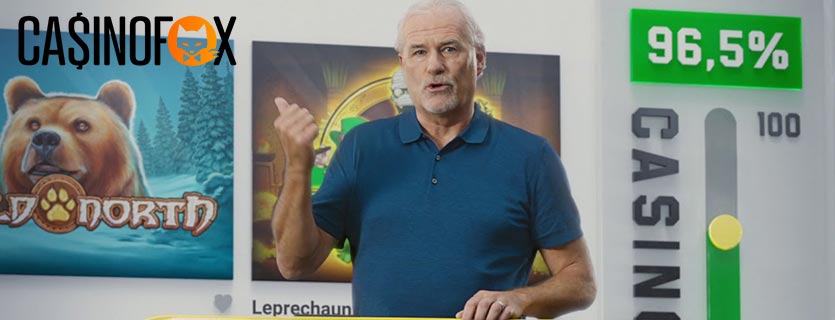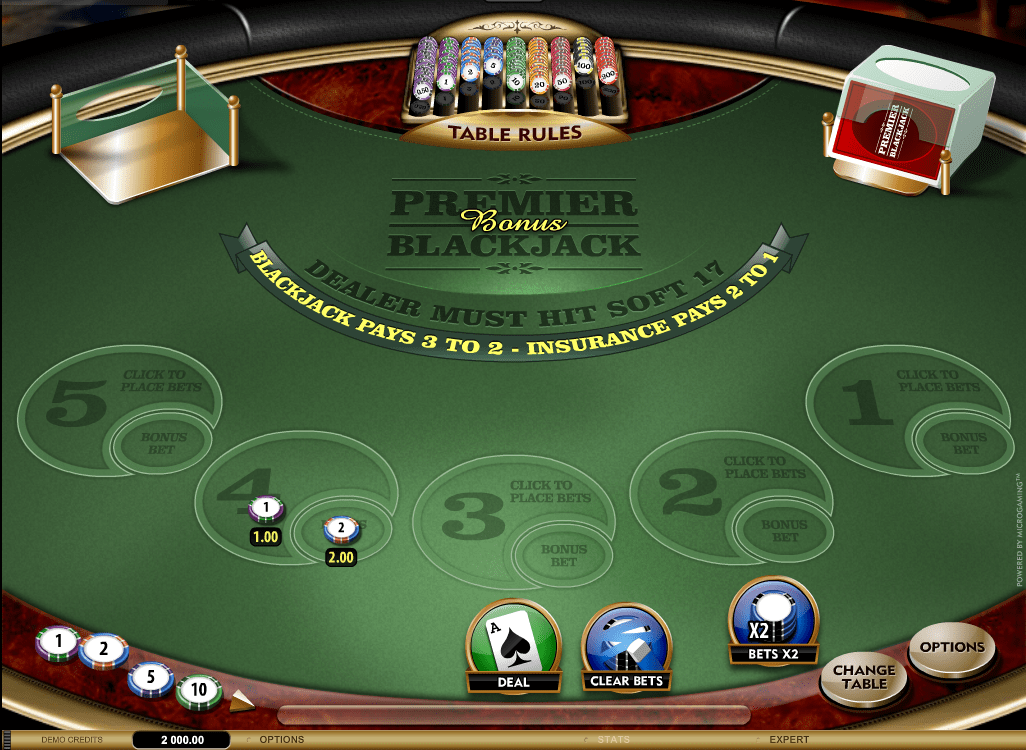Swish Blackjack
Blackjack switch is a game any jaded classic twenty-one players should try. Not only do the switching rules add a whole other dimension to the game, but the house edge is lower than classic 21, if the rules are the same. The Basics of Blackjack Switch The primary characteristic of Blackjack Switch is that two hands instead of one are dealt to every playing position. Once the player receives their two hands they then have the option of exchanging the top card of each hand for the other. This is where the game gets its name. Blackjack Switch is another game in this family of card games that comes with a very fair house edge, usually clocking in at around 0.6%. It is also a strategically complex game, one that allows you to make tough decisions in interesting spots on a pretty frequent basis. Feb 05, 2019 Blackjack switch is a blackjack variant which allows the player to do what is normally considered a classic cheating manoeuver, trading cards between two hands. The player must make two bets of equal size and is allowed to switch the second card dealt to each hand. Of course, nothing good comes without a trade-off.
Comparing card games like Blackjack is when the player is competing against the dealer and not against other players.
Blackjack is only one of many popular casino card games. Other popular card games include baccarat and poker variations. Below you will find a list of card games that besides Blackjack are considered to be the most popular ones. Some of these games are very similar to Blackjack when it comes to the rules and the competition between just the player and dealer.

Baccarat
Baccarat is similar to blackjack only in that players sit around the table with a dealer. In baccarat, there are two players – the player and the dealer that are competing against one another. Three popular versions of the game exist, those being Punto Banco (or North American baccarat), Baccarat Chemin de Fer (or chemmy) and Baccarat Banque (or à deux tableaux). Punto Banco is generally the version that is labelled simply as Baccarat.
In the game, players may bet on who will win. Unlike blackjack, cards are dealt automatically in baccarat. The players cannot decide to “hit” or “stand”. Everything happens automatically based on the cards that are dealt. As a result, baccarat is a game whose outcome is based purely on luck. The game is dealt from a shoe containing four, six or eight decks of cards shuffled together. For each round, two cards are dealt face up to each hand, starting with the player. If either player has a total of eight or nine, the round is finished. Player win, dealer win or tie. If neither player has eight or nine, the drawing rules are applied. These determine whether the player gets a third card and then if the banker does.
The drawing rules state that if a player has an initial total of zero to five, he takes a third card. If he has six or seven, he stands. The same rules apply to the banker if the player stands. If the player takes a third card, the dealer acts according to more complex rules. These rules are simplified by a standard maths formula. Take the value of the player’s third card, counting right and nine as -2 and -1. Divide it by two, rounding down towards zero. Add three to the result. If the banker’s total is the final value or less, then draw. Otherwise, stand.
Blackjack, on the other hand takes skill, and the more knowledge a player has of basic strategy the more he can reduce the house edge and increase his chances of winning.
Poker Games
Poker games are more similar to blackjack, in that they require knowledge of strategy. In games like Texas Hold’em and Omaha poker, players compete against one another, rather than against a dealer, in an attempt to obtain the best poker hand. Poker tournaments, just like blackjack tournaments, are also popular in the online as well as offline setting.
Texas Hold’em
Texas Hold’em is one of the variations of the standard poker game. Two cards, known as hole cards, are dealt face down to each player, followed by five community cards, which are placed face-up by the dealer. These are constructed in a series of three (the flop), an additional single card (the turn/fourth street) and a further single card (the river/fifth street). Players have the option to check, bet, raise or fold after each deal, and the strongest five card poker hand is created by taking cards from either the community or a player’s hole cards.
Omaha Hold’em
Having similar gameplay as Texas Hold’em, Omaha Hold’em differs slightly in the fact that each player is dealt four cards, and must make his best hand using exactly two of these, plus three of the five community cards dealt.
Variations of this variation are also able to played, such as Omaha hi-low split-8 or better, where each player makes a separate five-card high hand and five-card ace-to-five low hand, and the pot is then split between the high and low. However, this variation does contain a much more rule-intense method of gameplay.
Pontoon
Pontoon holds stronger ties to blackjack, in the sense that players need to make a total of 21 with the cards dealt to them. This, of course, is exactly the same as blackjack, although Pontoon is easily distinguished by the use of its game-specific terms, those being ‘twist’, ‘stick’ and ‘buy’, relating to ‘hit’, ‘stand’ and ‘double’, respectively.
Rules Of Swish Blackjack
Exceeding the 21 total in Pontoon will see the player go ‘bust’, and will therefore lose the hand. Like in blackjack, a 21 consisting of an Ace and a 10 card is a pontoon, and payouts are higher. Pontoon is played with six or eight Spanish decks of cards, though. These are regular 52-card decks, minus the ten-spot cards.
Pai Gow
This game is played with a standard 52-card deck, plus a single joker. Six players and a dealer take part, with each player trying to defeat the banker.

The objective of pai gow is for a player to create two poker hands out of the seven-card hand dealt to them, a five-card hand and a two-card poker hand. The rules state that the five-card hand’s rank must be higher than that of the two-card hand’s. If both a player’s five-card hand beats the banker’s, then he wins. If only one of the hands beats the banker, he ties, in which case neither he nor the banker win the bet.
Swish Poker Game
How to Play Blackjack Switch
Learning how to play Blackjack Switch is easy, as it still follows the basic theme of the game it was based on. This means players need to get closer to 21 than the dealer without going bust, and the optimum hand is an ace and a 10-value card (known as a “natural blackjack”).
The game is played with four, six, or eight decks of cards and the values are the same as in normal blackjack. This means that face cards are worth 10 points, the ace is worth either 1 or 11, and all other others are the same as the value printed on their card.
The gaming surface looks like a blackjack table, but there are two betting boxes in front of each player instead of one. When players make their initial wagers, the bets must be identical in each box.
Play begins with the dealer placing one face-up card in each of the player’s two boxes.
He then deals a card to himself before dealing another face-up card to each player’s remaining boxes. The second dealer card is placed face-down.
The dealer then asks each participant in turn if they wish to switch their top cards (the second card dealt in each hand). If they do, then the cards are switched and new hand totals are formed. After each player has made this decision, they may decide to hit, stand, or double on their individual hands (starting with the betting box on the player’s right). If a hand exceeds 21, it is considered “busted” and the dealer takes the wager associated with that hand.
At most casinos, the dealer will hit on a soft 17. This isn’t always the case, however, so be sure to consult the rules of each casino before sitting down to play.
If the dealer is showing an ace or 10-value card after the initial deal, they will peek at the face-down card in their hand to check for blackjack. If they have it, then all players lose.
The only exception is if a player also has a natural blackjack, which is considered a push.
When cards are switched to create a blackjack, it only counts as 21. A dealer total of 22 will push against any player total of 21 or less. The only exception is a natural player blackjack (which pays even money instead of the usual 3:2).
Swish Blackjack
Players may double on any two cards, and they may also double following a split. Hands may be split up to a total of four.
A side bet known as “Super Match” is usually available in games of Blackjack Switch. In a six-deck game, bonus payouts occur when the following combinations come up during the initial deal: 40:1 for four-of-a-kind, 8:1 for two pairs, 5:1 for three-of-a-kind, and 1:1 for a pair.